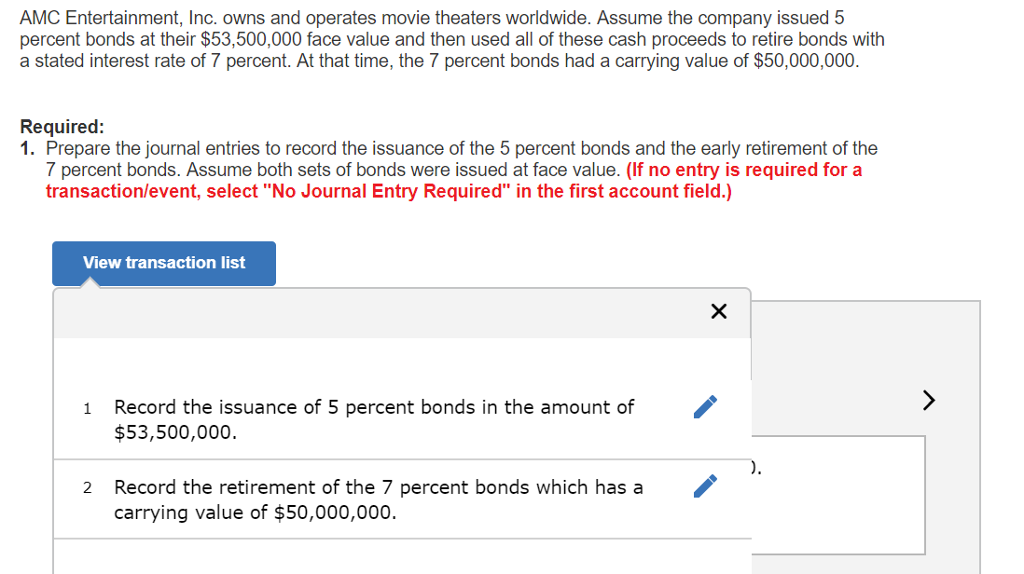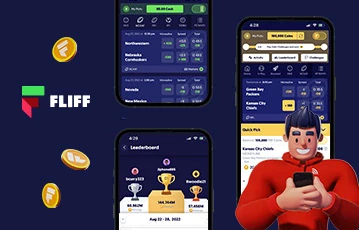Unlocking Technology Grants and Digital Strategies for Modern Businesses and Educators
Government Grants for Training Technology Instructors in Coding
Securing funding to train technology instructors in coding is a critical step for educational institutions aiming to build robust digital literacy programs. Multiple government grant programs are designed to support these initiatives, each with distinct eligibility requirements and application procedures.
Key Federal Grant Programs:
1. Carl D. Perkins Career and Technical Education Act (Perkins V): Perkins V is a major federal funding stream for career and technical education (CTE). Grants provided under Perkins V can be used for professional development, curriculum design, technology integration, and equipment purchases. Schools seeking to train teachers in coding and technology instruction should coordinate with their state’s CTE office to learn more about Perkins V allocations and application cycles. Perkins funding is distributed based on formulas tied to student populations and program priorities, so eligibility and funding levels vary by state. [1]
2. Title II, Every Student Succeeds Act (ESSA): Title II grants focus on improving teacher quality through professional development. Training technology instructors to teach coding is a qualifying activity, particularly if it supports strategies for raising student achievement. Schools can collaborate with district administrators to develop proposals for Title II funding, emphasizing the impact of coding education on workforce readiness and STEM engagement. [4]
3. Title IV, ESSA – Student Support and Academic Enrichment Grants: Title IV block grants are highly flexible and can fund initiatives in educational technology, digital literacy, and coding instruction. These grants support activities that enhance academic enrichment and facilitate innovative instructional methods. To apply, schools should work with district grant coordinators to align their technology instructor training proposals with Title IV priorities. [1]
4. ITEST (Innovative Technology Experiences for Students and Teachers): Sponsored by the National Science Foundation, the ITEST program offers up to $30 million annually for projects that advance STEM education. Eligible activities include instructor training, curriculum development, and student engagement in coding and technology. Applications typically close in August; detailed eligibility information and submission requirements are published on the NSF website. [3]
5. Ready to Learn Programming: This Department of Education initiative funds the development of educational media, including digital content for coding and technology education. While grants are generally awarded to media entities and public broadcasters, partnerships with schools can support outreach and instructor training. [5]
Application Steps & Guidance:
- Consult your district or state education office to identify relevant grant coordinators.
- Review program eligibility and application deadlines, which vary by grant type.
- Prepare a proposal detailing your instructor training goals, methodology, anticipated impact, and alignment with grant priorities.
- Gather data on student populations, achievement gaps, and technology needs to strengthen your application.
- Consider partnerships with local businesses, nonprofits, or universities to enhance program reach and sustainability.
If direct URLs to government application portals are not available, you can search for grant names on official agency websites or contact your state’s Department of Education for guidance.
Integrating Technology in Environmental Scanning for Businesses
Environmental scanning is the process by which organizations systematically review external and internal factors that may affect their operations. In today’s digital economy, including technology in environmental scanning is essential for identifying new opportunities, risks, and competitive threats.
Why Technology Matters in Environmental Scanning:
- Rapid Innovation Cycles: Technologies evolve quickly, impacting markets, consumer behaviors, and operational efficiency. By tracking emerging trends-such as artificial intelligence, automation, and cybersecurity-businesses can anticipate disruptions and adapt strategies proactively.
- Competitive Intelligence: Monitoring how competitors deploy technology (e.g., adopting cloud services, launching e-commerce platforms) helps organizations benchmark their own capabilities and identify areas for improvement.
- Regulatory Compliance: Technology use is increasingly subject to regulatory scrutiny (e.g., data privacy laws, cybersecurity standards). Environmental scanning ensures businesses remain compliant and avoid costly penalties.
- Consumer Expectations: Digital services, apps, and platforms shape customer preferences. Businesses that scan for technology trends can better meet the expectations of tech-savvy clients.
Implementation Steps:
- Establish a cross-functional team to monitor technology trends, regulatory changes, and competitor activities.
- Utilize digital tools such as news aggregators, industry reports, and social media monitoring to gather data.
- Regularly review findings with leadership and integrate insights into strategic planning processes.
- Encourage ongoing professional development to ensure staff can interpret and act upon technological intelligence.
Example: A retail company scanning the environment may identify the rise of mobile payment systems. By adopting compatible technology, it can improve customer satisfaction and stay ahead of competitors who lag behind.

Source: interaction-design.org
Challenges and Solutions:
- Information Overload: Focus on credible sources and prioritize trends with direct business impact.
- Skills Gap: Invest in training for staff responsible for scanning and analysis.
The Blending of Personal and Business Use of Technology Devices
The boundaries between personal and business use of technology devices-often referred to as “device convergence” or “Bring Your Own Device” (BYOD)-have become increasingly blurred. This trend presents both opportunities and risks for organizations and employees.
Implications of Device Blending:
- Increased Flexibility: Employees can work remotely or outside traditional hours, improving productivity and work-life balance.
- Cost Savings: Organizations may reduce hardware expenditures by allowing personal device use.
- Security Risks: Personal devices may lack enterprise-grade security, exposing sensitive business data to cyber threats.
- Compliance Challenges: Blended device use can complicate regulatory compliance, particularly with data privacy laws.
- Support Complexity: IT departments must manage a wider range of devices and operating systems.
Practical Steps for Managing Device Blending:
- Develop a BYOD Policy: Clearly outline acceptable use, data protection requirements, and support provisions.
- Implement Mobile Device Management (MDM): Use MDM solutions to enforce security protocols, enable remote wipe, and monitor compliance.
- Provide Training: Educate employees on secure practices, such as avoiding public Wi-Fi for business tasks and enabling device encryption.
- Regular Audits: Periodically review device inventories, access logs, and compliance status.
Example: A law firm with a BYOD policy enables attorneys to access case files from their tablets, but requires all devices to install approved security software and connects only through secure networks.
Alternative Approaches: Companies that prefer not to allow personal device use may opt to supply standardized work devices and restrict outside access, trading flexibility for tighter security control.
Accessing Resources and Support
If you are an educator seeking grants to train technology instructors, start by contacting your district’s grant coordinator or state Department of Education for guidance on Perkins V, Title II, Title IV, and NSF ITEST opportunities. For businesses integrating technology in strategy, consider engaging with local chambers of commerce, industry associations, or professional consulting firms. To manage the blending of technology devices, collaborate with IT security experts and legal advisors to develop robust policies and training programs.

Source: motor1.uol.com.br
For verified information on grants and programs, visit official websites such as the U.S. Department of Education, National Science Foundation, or your state’s education agency. Always confirm eligibility, deadlines, and submission requirements directly with these bodies.
References
- [1] Mastery Coding (2020). Federal Funding Alignments for Technology Education.
- [2] JourneyNano (2025). Which Type of Government Grant Can Train Tech Instructors?
- [3] Space Foundation (2022). Grant Programs to Support Technology in the Classroom.
- [4] CodeMonkey (2025). STEM and Coding Federal Funding for Schools.
- [5] U.S. Department of Education (2025). Ready to Learn Programming.
MORE FROM couponnic.com













